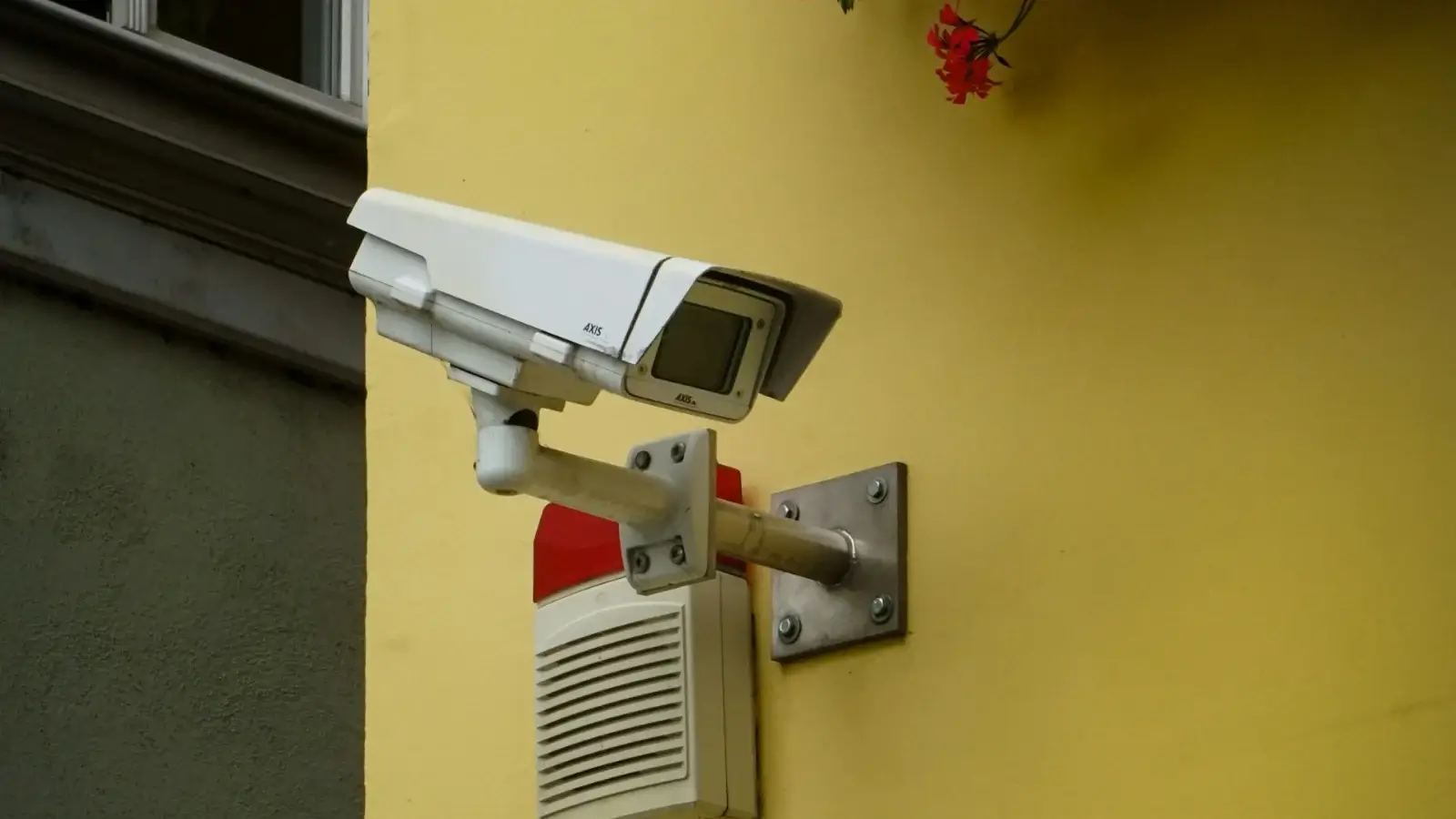


In today’s fast-paced world, home and business security is more critical than ever. Whether you're a homeowner looking to keep your family safe or a business owner aiming to secure your assets, one of the smartest decisions you can make is investing in modern security camera installation. Surveillance technology has evolved dramatically, providing more advanced features, better image quality, and smarter monitoring tools.
This comprehensive guide will explore various ways to upgrade your property’s surveillance system intelligently. We’ll cover the latest trends, must-have features, the best types of security cameras, and tips for getting the most out of your security investment.
Gone are the days when bulky analog cameras provided grainy footage that was difficult to interpret. Modern security camera installation means access to real-time monitoring, HD clarity, cloud storage, motion detection, and even facial recognition. The stakes are higher than ever—whether it’s protecting your loved ones, deterring theft, or securing your business operations.
Crime Deterrence: Visible cameras act as a deterrent to potential intruders.
Real-Time Monitoring: Access live footage anytime from your smartphone or tablet.
Evidence Collection: High-resolution video is crucial for investigations and insurance claims.
Peace of Mind: Knowing your property is monitored 24/7 brings emotional comfort.
Remote Notifications: Get alerts instantly when suspicious activity is detected.
Before jumping into installation, it’s essential to know the various types of security cameras available and which best suits your property’s needs.
Best for monitoring interior spaces such as living rooms, offices, or entryways.
Features:
Two-way audio
Night vision
Motion sensors
Remote access via app
Example: Nest Cam Indoor is a popular choice for monitoring babies, pets, or elderly family members.
These are built to withstand weather conditions and monitor entrances, driveways, or backyards.
Features:
Waterproof and dust-resistant
Infrared night vision
Wide-angle lenses
Durable housings
Example: Arlo Pro 4 offers wire-free installation with ultra-clear 2K video quality and integrated spotlights.
Typically used in commercial spaces due to their discreet appearance and 360-degree coverage.
Features:
Vandal-resistant
Wide area monitoring
Easy to mount on ceilings
Example: Hikvision dome cameras are a staple in retail and office settings.
Known for their long shape, bullet cameras are ideal for focused areas such as entrances or parking lots.
Features:
Long-range focus
Outdoor-friendly
Infrared night capabilities
Example: Lorex bullet cameras with 4K resolution are a top pick for perimeter security.
For larger areas that require dynamic monitoring with remote-controlled direction and zoom.
Features:
Manual or automatic panning
Zoom-in capabilities
Motion tracking
Example: Amcrest PTZ cameras offer 360° coverage and are excellent for warehouses or large properties.
Upgrading your surveillance means more than just adding cameras. Look for smart features that add real value to your security infrastructure.
Choose 1080p or higher for clear, identifiable footage.
For large spaces or zooming, 4K resolution is ideal.
Ensure the camera includes IR (Infrared) LEDs for night coverage.
Some advanced models offer full-color night vision.
Smart sensors can differentiate between people, pets, and cars.
Helps reduce false alarms and saves storage.
Useful for communicating with delivery personnel or warning off trespassers.
Often includes built-in microphones and speakers.
Cloud storage allows remote access to footage anytime.
Local storage (SD cards or DVRs) ensures footage is retained in case of internet issues.
Monitor your system from your phone or tablet.
Look for real-time alerts, remote access, and camera control.
Compatible with Alexa, Google Assistant, or Apple HomeKit.
Sync your cameras with other smart devices like door locks and lights.
Proper planning can make or break the effectiveness of your security camera system. Here are steps to ensure a smooth installation.
Consider all entry points and blind spots, including:
Front and back doors
Windows
Garage entrances
Alleyways or side yards
Hallways and staircases (for indoor)
Not all cameras are suitable for all environments. Match the camera type to the area’s specific needs.
Areas with poor lighting require cameras with night vision or added floodlights.
Wireless cameras need strong Wi-Fi signals.
Wired systems may require drilling and professional setup.
Consider PoE (Power over Ethernet) for reliability.
How long do you want to store footage? 7, 14, or 30 days?
Do you need backup power or cloud redundancy?
Pros:
Lower upfront cost
Great for tech-savvy users
Quick setup with wireless systems
Cons:
Limited camera placement (depends on Wi-Fi or power outlet)
Risk of improper installation
No professional guidance
Best For: Small homes, apartments, or tech enthusiasts.
Pros:
Expert advice on camera placement
Hardwiring and clean setup
Ongoing support and maintenance options
Cons:
Higher initial cost
May require scheduling and permits
Best For: Large homes, commercial properties, or anyone seeking long-term reliability.
A suburban homeowner in Minneapolis installed four outdoor bullet cameras with night vision, connected to a smart hub and mobile app. After an attempted package theft, footage helped the police identify the suspect, who was later apprehended.
A coffee shop owner upgraded their analog system to a 4-camera IP system with cloud storage. They now monitor employee behavior, reduce theft, and remotely check in from a phone.
A logistics company installed 10 PTZ cameras throughout a large warehouse, reducing internal theft and increasing productivity through accountability.
Here’s a general idea of what security camera installation might cost in 2025:
|
Item |
Average Cost |
|
Indoor Cameras |
$50 – $150 each |
|
Outdoor Cameras |
$80 – $250 each |
|
Professional Installation |
$100 – $300 per camera |
|
DVR/NVR Systems |
$200 – $600 |
|
Cloud Storage Subscription |
$5 – $30/month |
Tip: Bundle systems often offer better value than buying individual pieces.
To keep your system running smoothly:
Clean lenses monthly with a microfiber cloth.
Check connections and cables quarterly.
Update firmware regularly to avoid security vulnerabilities.
Test alerts and notifications every few months.
Stay ahead of the curve with these emerging innovations:
Smart analytics for facial recognition and object detection.
AI learns user patterns and improves accuracy over time.
Detect heat signatures for low-visibility areas or hazardous zones.
Used in large estates, construction sites, and farms for aerial monitoring.
Processes data on the camera itself, reducing lag and server reliance.
Your security is only as strong as your surveillance system. With advancements in technology, security camera installation has become more accessible, smarter, and more efficient than ever. Whether you're safeguarding your family or fortifying your business, an intelligent upgrade to your camera system is a critical step in protecting what matters most.
Ready to upgrade? Assess your needs, explore your options, and invest in a surveillance system that brings both safety and peace of mind.